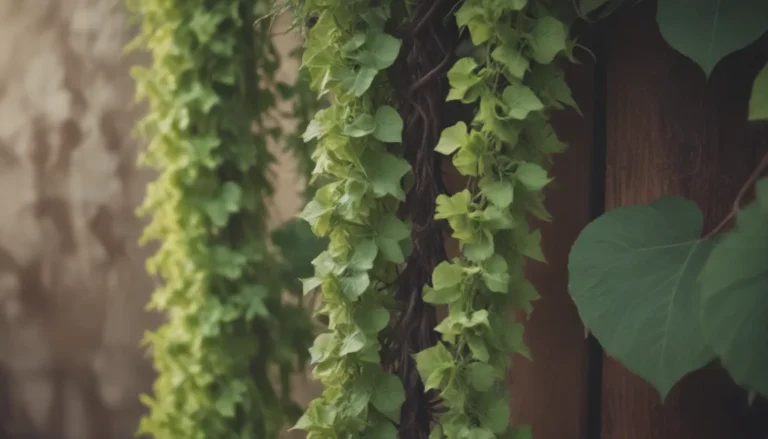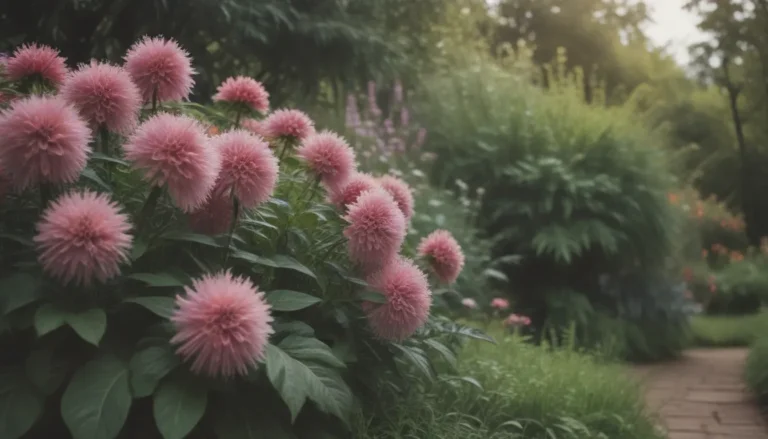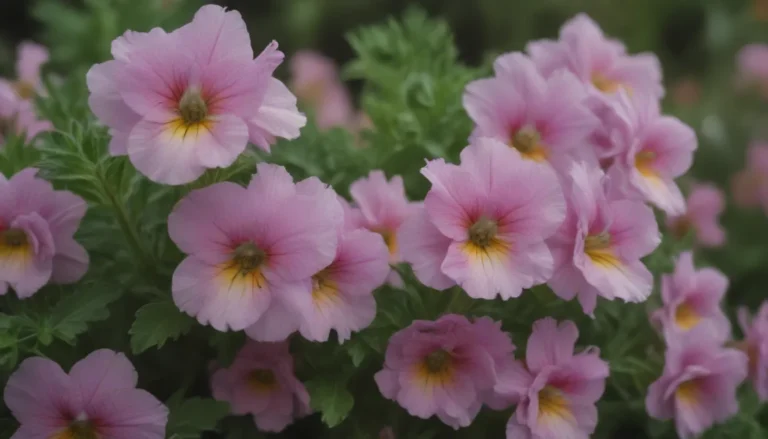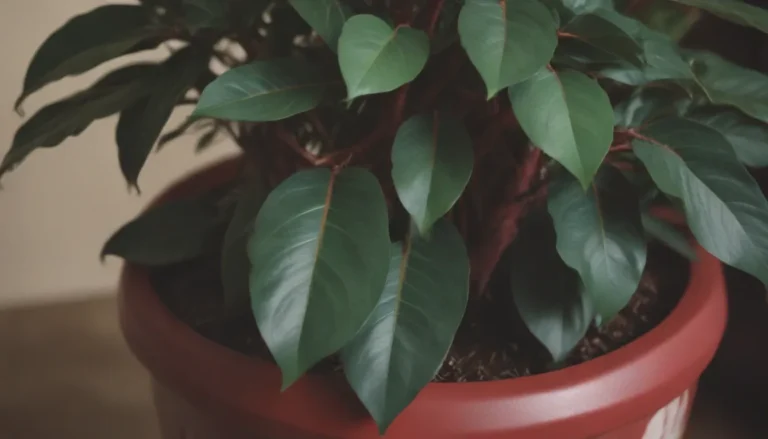Mastering the Art of Growing Radishes
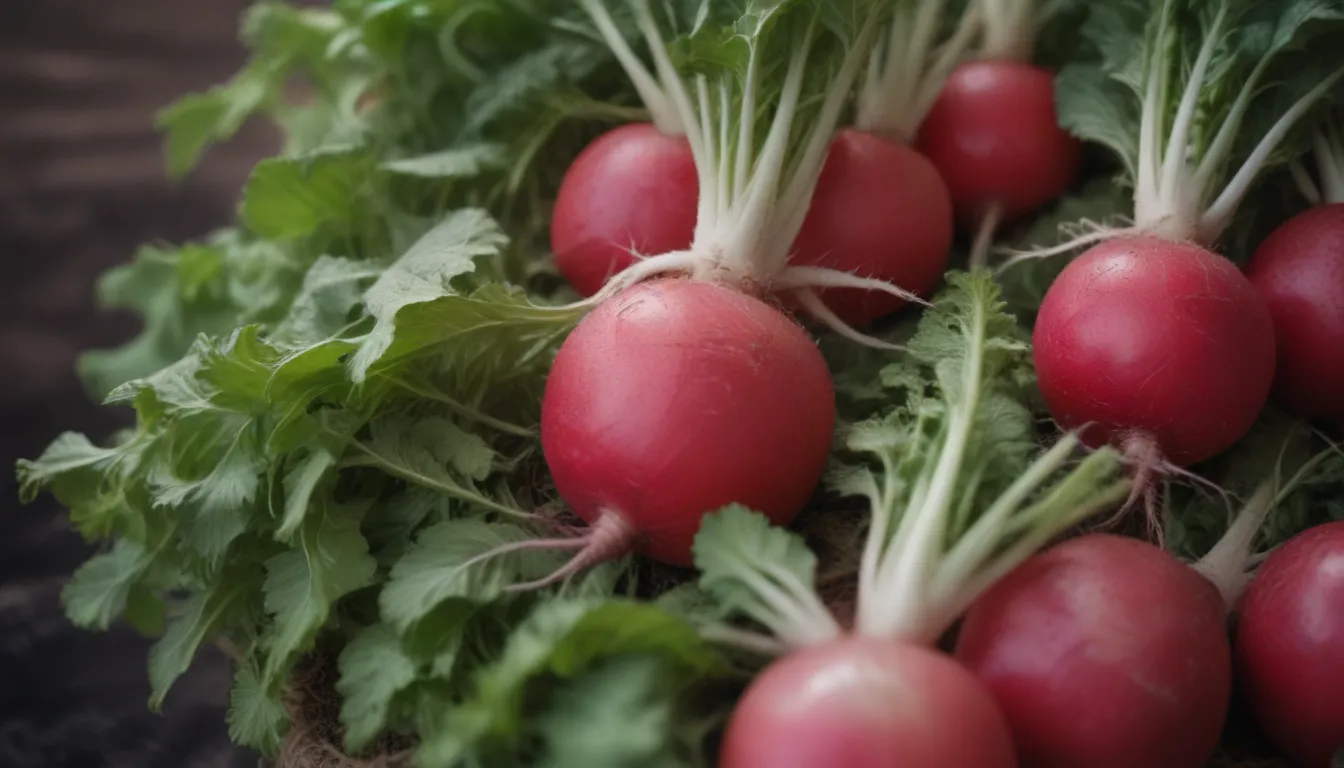
Radishes are a fantastic addition to any home garden; not only are they one of the easiest and fastest vegetables to grow, but they also add a delightful crunch and peppery kick to salads, sandwiches, and other dishes. However, like any plant, radishes can be a bit finicky and are prone to a few common problems that can hinder their growth and flavor. Fear not, dear gardener, for I am here to guide you through these challenges and help you cultivate the perfect radishes in your own backyard.
Understanding the Common Problems
As you embark on your radish-growing journey, there are four main issues you may encounter along the way:
- Ultra-Spicy Radishes: Radishes that are too hot to handle.
- Cracked Radishes: Split open and flawed.
- Tough, Woody Radishes: Inedible due to toughness.
- All Leaves, No Bulbs: Radishes that fail to form the desired bulb shape.
While these problems may seem daunting at first, rest assured that with the right knowledge and care, you can easily overcome them and grow beautiful, delicious radishes in your garden.
Problem 1: Ultra-Spicy Radishes
Are your radishes leaving you with a fiery sensation that is too intense to enjoy? Here’s what you need to know:
Radishes, especially the red globe variety commonly used in salads, should have a pleasant, mildly spicy flavor. If your radishes are too hot to handle, it might be due to several factors:
- Slow Growth: Radishes thrive in cool, moist conditions but need warm weather to fill out properly. Ensure they have enough time to mature before the weather heats up.
- Harvest Timely: Radishes grow rapidly and should be harvested as soon as they reach maturity. Leaving them in the ground too long can cause them to become excessively spicy.
- Succession Planting: Rather than planting a large area at once, consider succession planting to ensure a continuous supply of radishes without overwhelming yourself with a surplus.
Remember, fresh radishes straight from the garden are a delight to savor, so don’t let them sit too long before enjoying their crisp, juicy goodness.
Problem 2: Cracked Radishes
Have you noticed unsightly cracks appearing on your radishes? Here’s how to prevent and manage this issue:
Cracking in radishes is often a result of irregular watering, particularly trying to compensate for dry spells with excessive moisture. To avoid this problem:
- Consistent Watering: Ensure your radishes receive at least 1 inch of water per week, evenly distributed.
- Edible Cracks: If your radishes do crack, fear not! They are still edible, and any cosmetic imperfections can be easily overlooked once sliced for salads or other dishes.
By maintaining a steady watering schedule, you can help your radishes grow smoothly and flawlessly, free from unsightly cracks.
Problem 3: Tough, Woody Radishes
Are your radishes turning out tough and woody instead of tender and juicy? Here’s how to keep them soft and delectable:
Leaving radishes in the ground for too long can cause them to become hard and dry. To ensure your radishes remain tender and flavorful:
- Promote Rapid Growth: Radishes need cool temperatures and regular watering to grow quickly and develop plump bulbs.
- Optimal Seasons: Spring and fall are the best times to grow radishes, with certain varieties like ‘black Spanish’ preferring the shorter days of autumn for ideal growth.
- Timely Harvest: Harvest your radishes at their peak maturity to enjoy their tender, succulent texture.
By providing your radishes with the right conditions and harvesting them promptly, you can indulge in the delightful taste of perfectly grown radishes straight from your garden.
Problem 4: All Leaves, No Bulbs
Are your radishes producing abundant foliage but failing to form the desired bulbs? Here’s how to encourage bulb development in your radishes:
The absence of bulbs in radishes is often caused by hot weather triggering the plant to bolt and focus on seed production. To ensure your radishes grow robust bulbs:
- Plant Spacing: Avoid overcrowding by thinning your radish plants to allow sufficient room for bulb development.
- Sunlight Exposure: Radishes require several hours of direct sunlight to develop fully, so ensure they receive adequate light for optimal growth.
- Varietal Choices: Consider growing long, slender radish varieties like ‘white icicle’ or edible podded radishes like ‘rat tail’ to avoid bulb formation issues.
With the right planting techniques and varietal selections, you can encourage your radishes to form beautiful, flavorful bulbs that will enhance your culinary creations.
Conclusion
Growing radishes can be a rewarding experience, allowing you to enjoy the fresh, vibrant flavors of homegrown produce. By understanding and addressing the common problems that may arise during the growing process, you can ensure a bountiful harvest of delicious radishes that will elevate your dishes and delight your taste buds. Happy gardening, and may your radishes flourish with abundance and flavor!

